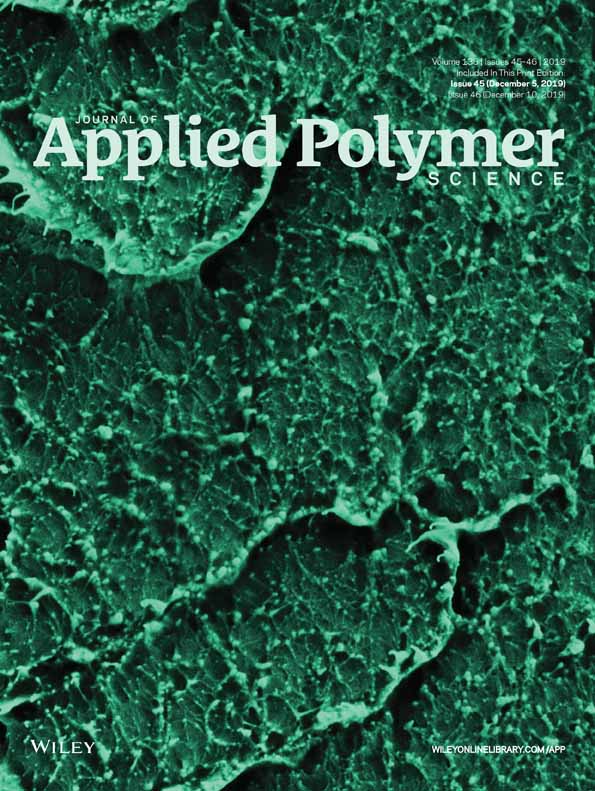Removal of molybdate and vanadate ions by a copolymer adsorbent in a ultrafiltration system
ABSTRACT
In this investigation, the removal of Mo and V oxyanions was carried out using the polymer-assisted ultrafiltration technique with a poly(acrylamide-co-diallyldimethylammonium chloride) [P(AAm-DDACl)]. As a result, 100% of the Mo and 80% of the V were removed at pH 9 with a polymer:metal molar ratio of 10:1 and an optimal metal concentration of 60 mg L−1. The presence of competitive ions such as phosphate, sulfate, and chloride affected the retention of Mo, decreasing its retention to 60% in all cases. For the V, all competitive ions behaved in a similar way, producing approximately 50% metal removal. The permeate flux was kept almost constant for all solutions (40 to 80 L hm−2), which indicates that the optimal retention conditions are stable over time. In addition, the characterization of the P(AAm-DDACl) was carried out using infrared spectroscopy analysis (FTIR), and the morphology of the membrane before and after use was analyzed using scanning electron microscopy, which showed significant changes in its morphology. The energy-dispersive X-ray spectroscopy analysis indicates the presence of Mo and P(AAm-DDACl) in the membrane after use. © 2019 Wiley Periodicals, Inc. J. Appl. Polym. Sci. 2019, 136, 48184.




